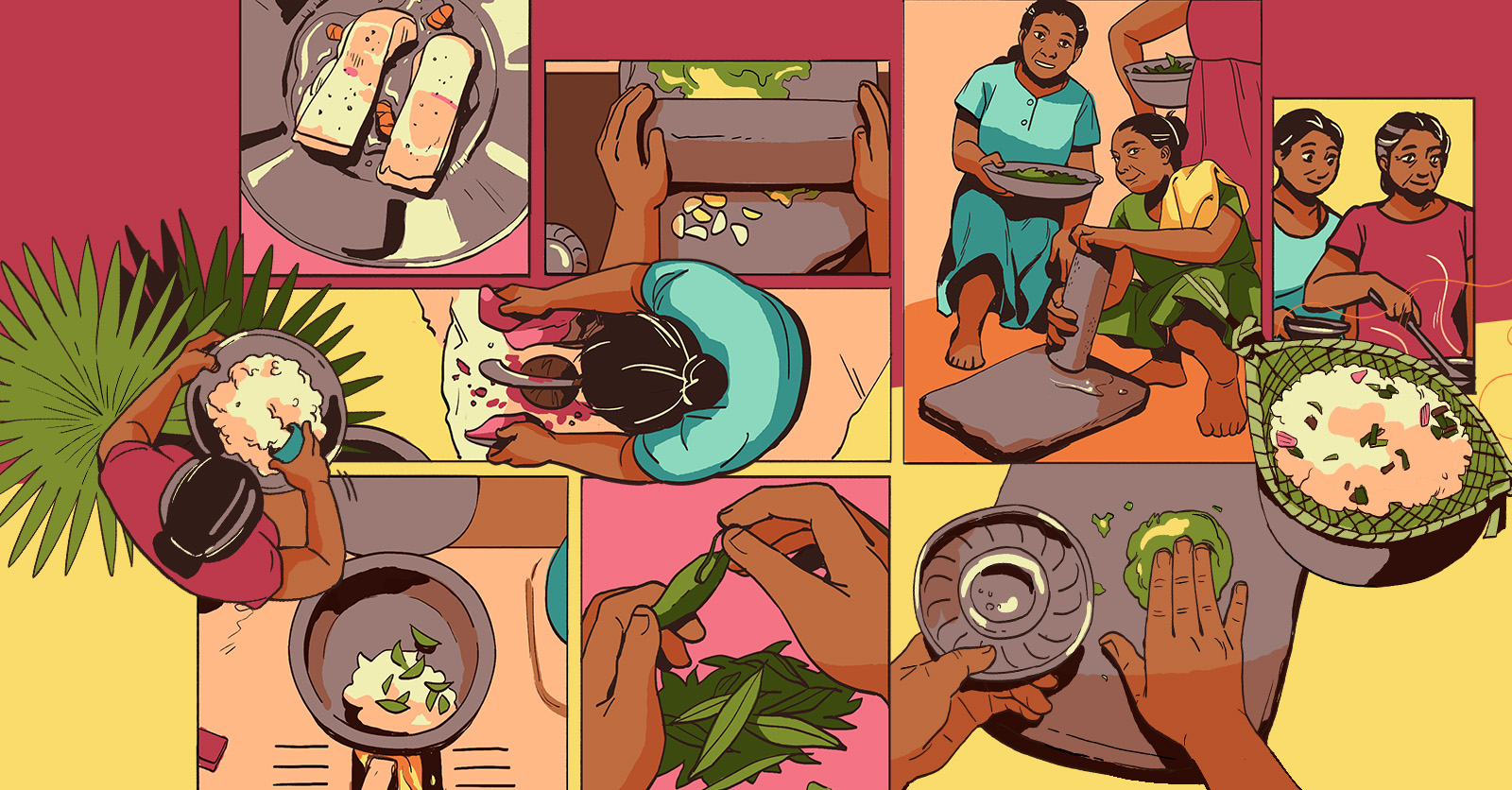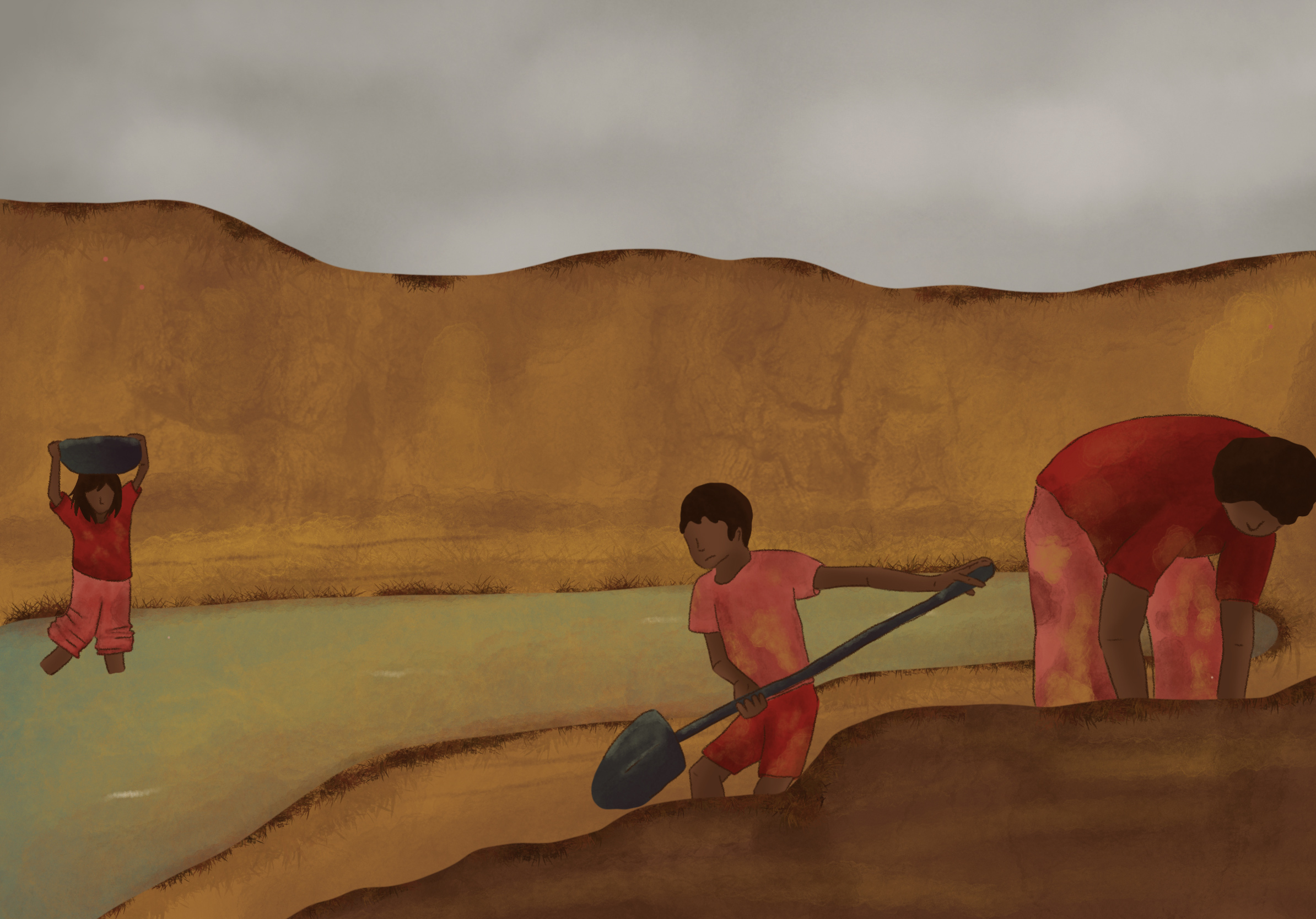Transgender people in Asia
by Isabella Chua
Transgender people*, along with other LGBTQ+ identifying people, are frequently depicted as inconsistent with “Asian values”. Yet transgender people have existed in Asia long before the Western queer movement was popularised. Trans history is found in Asia’s history; they are reflected and involved in its mythologies, colonial records, rituals, and empires.
*Note that the term “transgender people” may be a misnomer, because it is based on a Western language which they may not identify with. We have used “transgender” because it is the closest equivalent to describe these groups and is the term used in academic journals when discussing these groups.
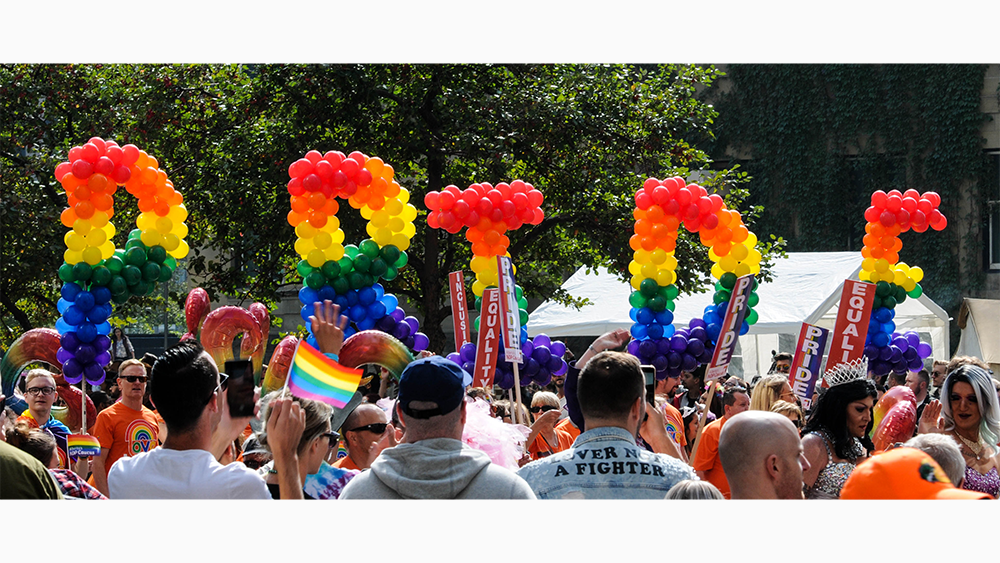
LGBTQ, genderqueer, non-binary, bigender, cisgender, pansexual, asexual; these are just some of the ever-expanding terms used to describe human sexuality and gender identities.
Sex and gender. In places all around the world, the two are used interchangeably to describe a person’s sexuality; male or female. Yet, the varied terms used to describe one’s sexual orientation points to an increasing awareness that sex and gender are different. Sex refers to the biological sex one is born with, determined by one’s genitalia. Gender is socially expressed through dressing, behaviour, roles, or qualities.
Most of us are cisgender. This means our assigned gender at birth is not in conflict with our biological sex. A transgender person in contrast, feels a conflict, and may decide to transition from one gender to another or undergo surgery to transition from one sex to another.
Yet, even with our vocabularies expanding to allow individuals to identify themselves comfortably, our modern understanding of society and social relationships are still informed by sex and gender. Both words stem from Latin, and became part of the vernacular due to colonialism, imperialism, and all around popularity of western culture.
But what of societies that do not prescribe to ‘sex’ or ‘gender’?

Throughout Asia, gender and sexuality are not necessarily categories a person chooses to identify with. Asia is incredibly diverse, and gender and sexuality are largely informed by cultural and religious understandings.
So while transgender people exist in Asia, they exist in different forms that do not necessarily conform to Western notions of transgenderism as “transitioning” between the two genders or peg their identities to gender and sex.
For some groups in Asia, their fluidity allows them to also be transient figures in spiritual and religious functions.
Take for example, the nat kadaw. In Myanmar’s practice of animism, nat kadaw are professional ritualists, spirit mediums, and entertainers made up of mostly transgender gay men, even though historically women have been nat kadaws by lineage.
Meaning “lord-consort”, or “spirit spouse or wife”, nat kadaws are formally married to and possessed by spirits called nat who were historical and mythological figures who died unjustly. Due to the violent circumstances of their deaths, their “butterfly spirits” (source of life essence) are disembodied. The marriage to a nat Kadaw then allows both spirits to unite.
Devotees believe that the nat have the power to bless or ruin their lives. As such, they try to gain their favour by providing the nat kadaw with offerings, or by throwing ceremonies and festivals for them. During rituals, the nat kadaw’s human body dances to entertain the nat, while at the same time, the nat possesses their bodies and controls the movement of the nat kadaw.
Nat kadaw at Taungbyone, the largest annual festival where Nat kadaw dance and go into trance.
Instead of being a place of transit, the transgender body of the nat kadaw serves as an in-between place for both the human and supernatural to coexist. It is their gender ambiguity—an identity that exists between being a man or a woman— that allows the nat kadaw to tap into this other realm in which the supernatural and human coexist. This makes them ritualistically powerful.
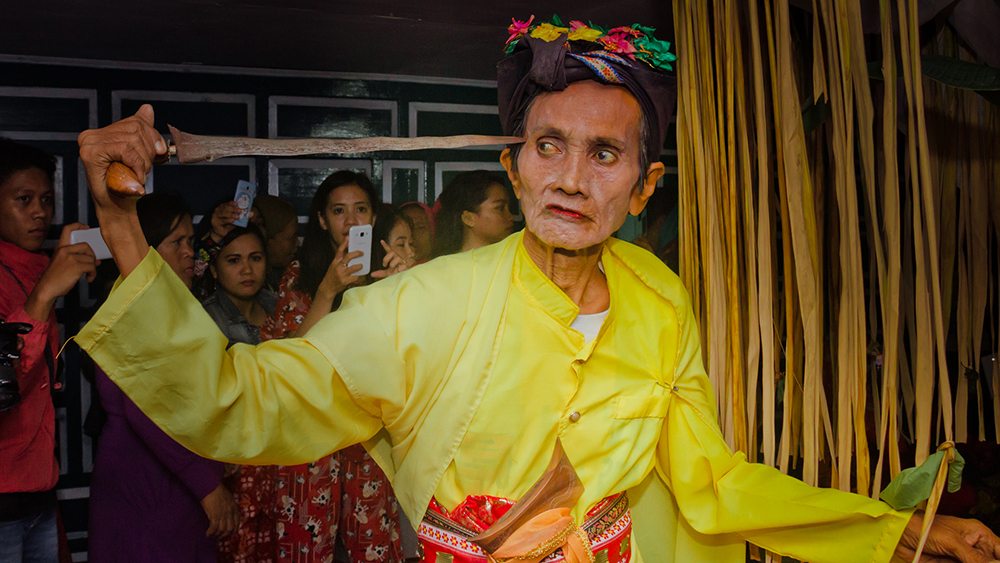
This duality is prevalent throughout Southeast Asia. Another well-known example is the Bissu.
Bissu are androgynous shamans of the Bugis people in Indonesia. Unlike the calalai and calabai (trans men and women respectively), the bissu are half-man and half-woman whose bodies are believed to be the source of their spiritual powers. Their logic is this: nobody knows if god is a man or a woman, so it would take a half-man half-woman to be possessed by god. Even their genitalia are ambiguous. Sex-specific traits like erection and menstruation are taboo for a bissu, so some become a bissu after menopause.
While most bissu find their special calling through dream revelations, one has to undergo an initiation ceremony to become a bissu officially. It involves sleeping for three days and three nights, as though one is dead, then waking up and knowing how to speak Bahasa Bissu fluently.
Aside from their dual identity, bissu believe that they are also a combination of dewata (deity) and manusia (human), because they occupy both the realms of heaven and earth. Some bissu may choose to marry both deities and humans. Combined together, these dualities make them sufficiently powerful to be possessed and in turn bestow blessings and heal the sick.

Unlike most of Southeast Asia, Thailand was never colonised. However, Siam understood the power of Europe’s modern sciences and technologies and sought to learn from it.
Thailand is a traditionally Theravada Buddhist country. In Theravada Buddhism, Kathoeys, the closest equivalent to the Western idea of transgender people, were believed to be manifestations of bad karma. Seen as a natural product of their karmic fate, they received less stigmatisation and were even pitied as victims.
This changed when King Mongkut’s fascination with Western sciences set the precedent of couching Buddhist ethos in scientific terms.
In 1956, the Thai Royal Institute published the Saranukrom Thai (Thai Encyclopedia), which explained Kathoeys in biomedical terms: Kathoey thae are hermaphrodites who have the sex glands and genitals of both sexes, but whose physical appearance and secondary sex characteristics may be male, female, or intermediate. Kathoey thiam are pseudo-hermaphrodites who have the sex glands of one sex, either testes or ovaries, but sexual organs of the opposite sex, either a penis or a clitoris and vagina. While still considered natural, Kathoeys were now victims of bad genes, instead of bad karma.
Kathoeys has evolved to include four dimensions: appearance (superficial crossdressing), sex (hermaphroditism), sexual desire (homosexuality), and gender identity (feminisation). Yet, the demeaning connotations of Kathoeys as ladyboys and sex workers fuelled by Thailand’s sex tourism industry has meant that fewer people identify themselves as Kathoeys. Instead, the three major terms transwomen associate themselves with are phuying (loosely translated as woman), phuying prophet song (woman of the second kind), and phet thee sam (the third sex/gender), with phet accommodating all sorts of gender and sexual diversity beyond the dualistic construction of gender and sex.

The “third gender” may not necessarily be determined by genitalia in Asia, and can even be determined by age.
During the Edo period (1603-1868) in Japan, homosexuality was considered a normal practice between older men and youths. Known as wakashudo, meaning “way of the youth”, it was considered a rite of passage rather than an expression of sexual orientation for prepubescent boys called wakashu. This was set in a context of general sexual openness of nanshoku (male-male eroticism) in Japan where a young apprentice enters into an intimate relationship with an “older brother” to learn life skills, martial arts, etc until his coming-of-age ceremony where he becomes an adult and is seen as an equal.
The wakashu then, was acceptable as an object of erotic desire for men and older women because his youth was impermanent. As such, his age was marked by specific hairstyles. At age 11 or 12, the crown of his head would be shaved to reveal his forelocks, the distinguishing feature of a wakashu and source of sexual excitement.

A wakashu and a female companion. Other than his forelock, a wakashu can also be identified by a sword peeking out of a samurai sash, such as this print, or by his penis in more erotic prints. With adult men, the wakashu assumes the passive position of an insertee but assumes the penetrative role with women.
As the wakashu ages, his forelock becomes less obvious until eventually by 18 or 19, he cuts off his forelock completely, shave the pate of his head, and dons an adult robe to signal his transition into adulthood.
The sexual ambiguity of the wakashu does not make them transgender in the conventional sense, but makes an exceptional case for sexuality in Asia that is marked by age rather than sexual or gender categories.

Hijre (singular form hijra) are transgender people who are legally recognised as the “third gender” in India, making them “neither man nor woman”. Such a classification might suggest an alignment with the Western idea of transgenderism. This conceptualisation is no coincidence as it is a product of colonial knowledge.
British accounts in the 1850s described the hijra to be vile, immoral hermaphrodites, and cross-dressing entertainers who disrupted the social order by taking alcohol and drugs, and engaging in sodomy and prostitution. Censuses were used from the 1880s to police the hijra, whose ‘sexually degenerate’ ways defied Victorian ideas of gender and sexuality. They were classified as “mendicant and vagrant caste”, “dancers and musical instrument players caste”, “Hindu”, “Muslim”, “beggars and devotees”, and so on.
Notice that hijre were classified as “Hindu” and “Muslim”. Today, hijre still practice a form of syncretised religion where they may identify as Muslims, and abide by Islamic laws, but are also devotees of Hindu deities. For example, in Bangladesh, there are hijre with and without penises. Those without a penis might be accused of having sinned against the prescriptions of Allah and his will, while those with penises might get them circumcised.
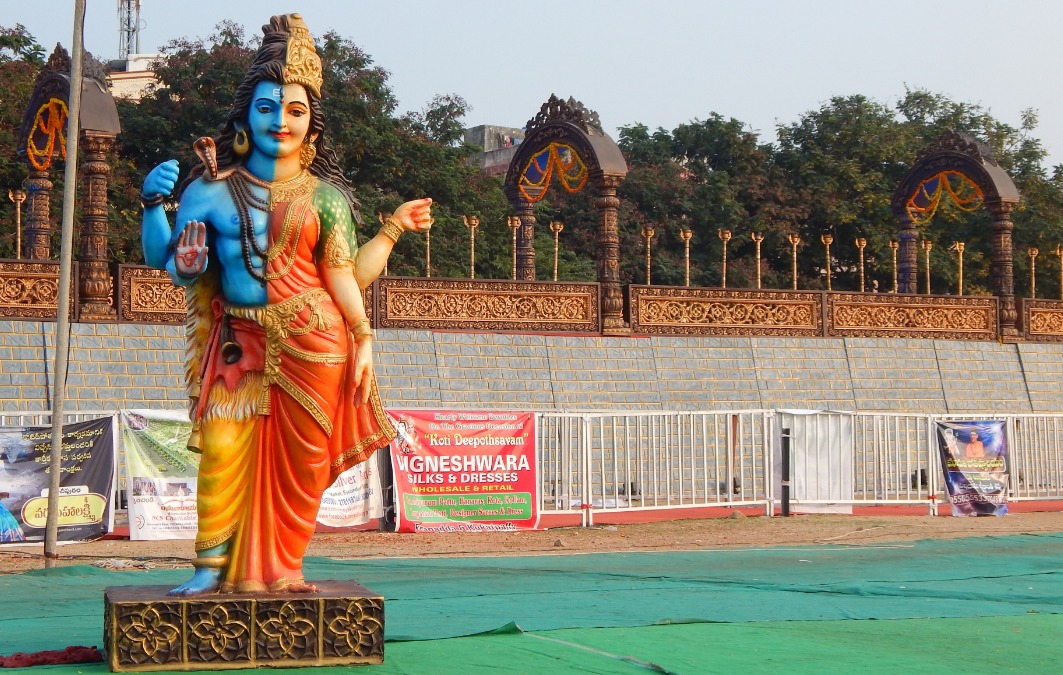
Hijra identifies with Hindu deities like Ardhanarishvara (“Lord Whose Half Is Woman”) who has an androgynous form but occasionally changes his gender in the ancient Indian epic Ramayana.
For some hijre, devotion to Hindu goddesses is a way to save lives. For example, devotees took a vow to Goddess Bahuchara Mataa to cure a grievously ill child, or to have a child in the first place. The exchange? The boy's manliness.

With hijra having a bad historical rep, it is little wonder that transgender people in Pakistan today differentiate themselves from hijra by identifying as Khawaja Sara. Historically, khwajasara (their Persian title) were male-born castrates perceived by the British as “natural eunuchs” who performed an important social role as chief guardians of the zenana (women’s harem) at the Mughal court. Their nobility is further supported by historical sources which showed that khwajasara of Habshi ethnicity (the ethnic group inhabiting India and Pakistan) wielded a great deal of power and even managed to seize the sultanate throne.
Modern-day Khawaja Sara honour their noble lineage by speaking the secret language of Hijra Farsi, where Farsi was the court language of the Mughals. This language is loosely based on Urdu but has its own unique vocabulary and syntax. It is a way for them to identify each other. Generally, the community draws its identity from their noble lineage, rather than from gender or sexual categories.
Asian governments may be right in saying that there is an inherent incompatibility of the West’s values regarding LGBTQ+ with Asia’s. Transgender people in Asia anchor and express their identities in ways that weave in gender and sexual categories with culture, ritual, religion, and local spiritual practices.
Some may argue that transgender people should not need spiritual or cultural power before they can be accepted. But that is difficult to ascertain in societies where understandings of “sex” and “gender” are different. In most situations, it gave them a way of survival and assimilation, and they had crucial social functions.
As a whole, transgender people in Asia should be recognised for who they are, rather than be co-opted into the existing LGBTQ+ discourse—exactly the sort of thing purveyors of “Asian values” can get behind.



